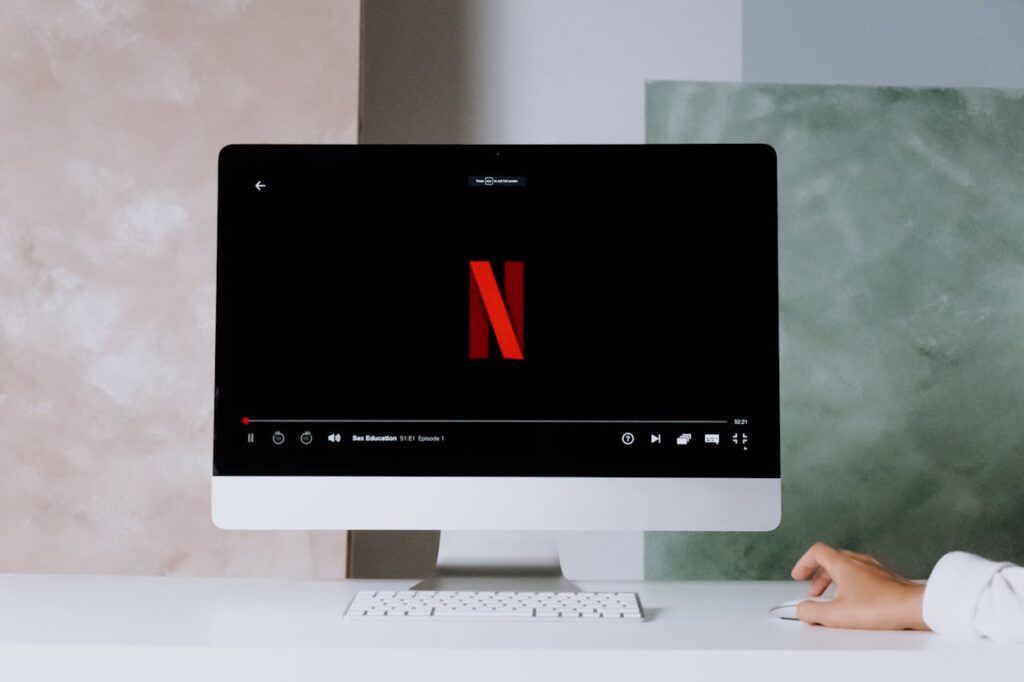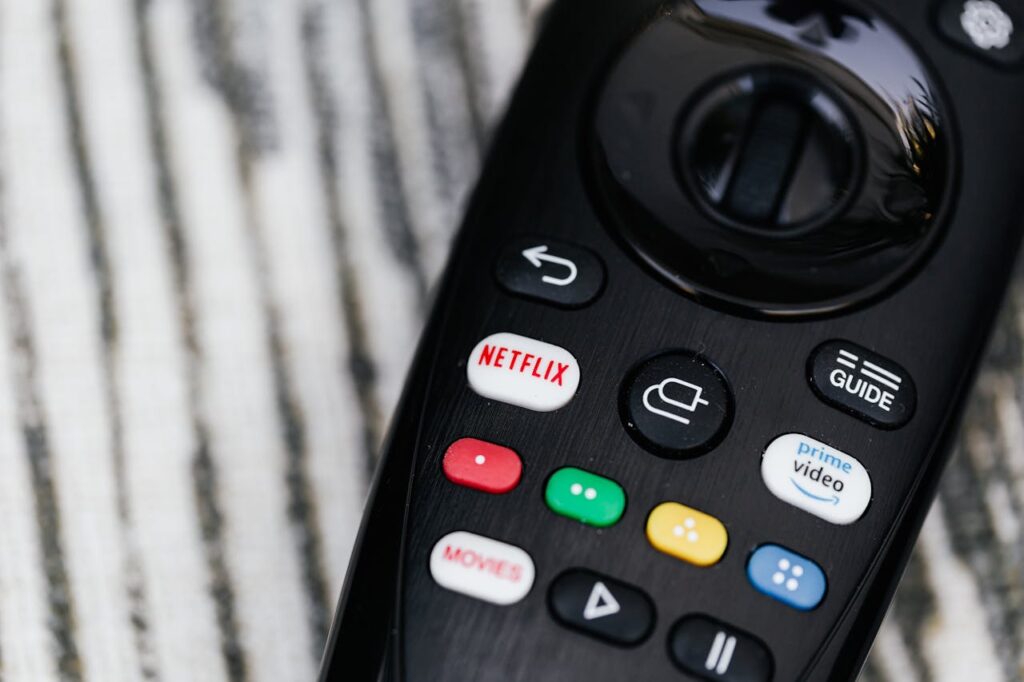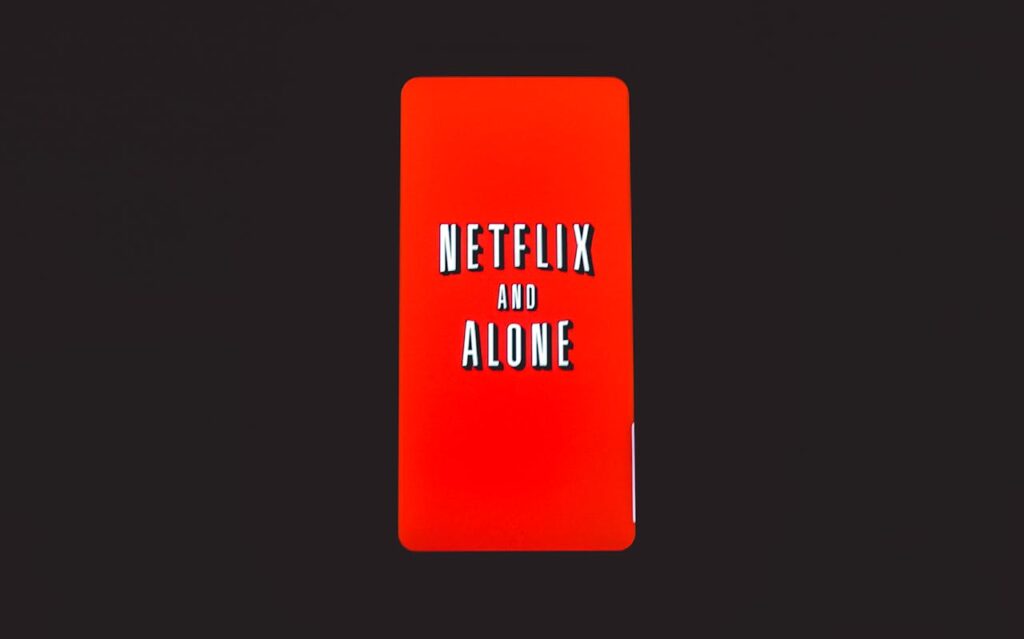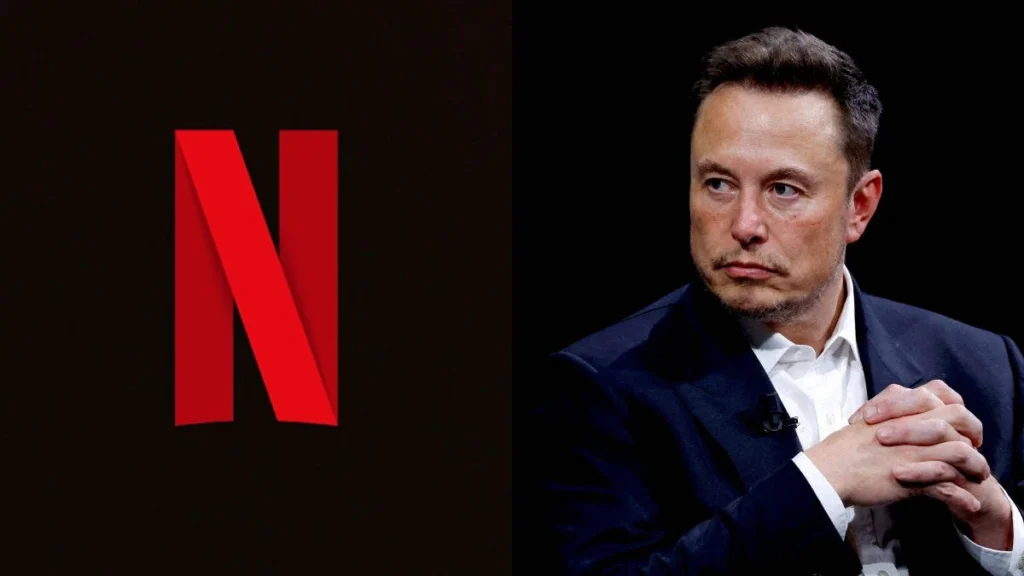By YTC Ventures Tech | October 2, 2025
In the ever-escalating culture wars of 2025, few battles have ignited as swiftly and virally as the one pitting tech titan Elon Musk against streaming behemoth Netflix. On October 1, Musk—owner of X (formerly Twitter) and the world’s richest person—urged his 226 million followers to “Cancel Netflix for the health of your kids,” sparking a torrent of subscription cancellations and a 2.3% plunge in Netflix’s stock price.
What began as a targeted critique of a long-canceled animated series has ballooned into a broader indictment of Netflix’s content strategy, corporate politics, and perceived “woke” agenda.
But this feud is more than memes and screenshots—it’s a microcosm of Musk’s crusade against institutional power, a litmus test for consumer backlash in the streaming era, and a stark reminder of how one voice can ripple through global markets.

As cancellations surge—with anecdotal reports of over 100,000 in the first 24 hours alone—this article dives deep into the story. We’ll trace Netflix’s improbable rise from DVD mailer to cultural juggernaut, dissect its business model, break down its Asian revenue streams, catalog its content empire, and unpack Musk’s grievances.
Finally, we’ll zoom out: Why does this matter? And what message is Musk broadcasting to the world amid his own high-stakes brawl with “the system”?
The Netflix Saga: From Late Fees to Global Domination
Netflix’s origin story reads like a Silicon Valley fairy tale laced with irony and grit. Founded on August 29, 1997, in Scotts Valley, California, by software engineer Reed Hastings and marketing whiz Marc Randolph, the company was born from Hastings’ fury over a $40 Blockbuster late fee for the VHS tape of Apollo 13.
“I was like, ‘This is insane,'” Hastings later recalled. What if rentals came by mail, no late fees attached?
The duo launched Netflix.com on April 14, 1998, with a modest library of 900 DVD titles and a pay-per-rental model.
Early days were chaotic: The site crashed within 15 minutes of launch as orders flooded in, forcing Randolph to dash to a local store for emergency servers.
By 1999, they pivoted to subscriptions—unlimited rentals for a flat monthly fee—eliminating due dates and penalties. This “long tail” approach let Netflix stockpile obscure titles without the constraints of physical stores, turning subscribers’ homes into de facto warehouses.The dot-com bust nearly killed them, but Hastings’ vision endured. In 2000, Amazon dangled a $15 million buyout, which Randolph favored but Hastings rejected, quipping, “We’re going to be bigger than Amazon in movies.”
Bold words from a startup mailing red envelopes. Blockbuster, the Goliath, scoffed—its CEO laughed off Netflix’s pitch for a partnership in 2000. By 2010, Blockbuster was bankrupt, its debt and infighting no match for Netflix’s innovation. Netflix didn’t “kill” Blockbuster single-handedly, but the urban legend stuck, symbolizing disruption’s triumph.

Streaming launched in 2007 with 1,000 titles, but the real pivot came in 2013: Netflix Originals. House of Cards—a data-driven bet on Kevin Spacey and David Fincher—proved viewers craved bingeable exclusives. Today, with 302 million global subscribers as of Q4 2024, Netflix is the seventh-largest internet company by revenue, valued at $151 billion, and a production powerhouse rivaling Hollywood studios.
From Stranger Things to Squid Game, it’s reshaped entertainment, but not without stumbles: Password-sharing crackdowns in 2023 added 8.8 million users, yet “woke” controversies—like the 2020 Cuties backlash—have fueled boycotts
Netflix’s Business Model: Subscriptions, Ads, and the Infinite Scroll
At its core, Netflix operates a hybrid subscription-ad model, blending stability with scalability. In 2024, it generated $39 billion in revenue—a 15.7% YoY jump—projected to hit $44 billion in 2025.
The engine?
Tiered plans: Basic ($9.99/month, ad-free SD), Standard ($15.49, HD), Premium ($22.99, 4K), and the ad-supported tier ($6.99) launched in 2022, now boasting 94 million monthly users—40% of new signups.
Revenue streams:
- Subscriptions (90%+): Recurring fees fuel $16 billion in annual content spend. ARPU varies: $17.26 in North America, $7.34 in Asia-Pacific.
- Ads ($2B+ in 2025): Doubling YoY, via partnerships like Kia for Squid Game sponsorships. Netflix’s in-house ad tech rolls out in the US this year.
- Licensing & Merch: Syndication deals and Netflix.shop add margins.
- DVDs (Niche): A fading US remnant, ended in 2023.

The secret sauce? Data.
Algorithms personalize recommendations, driving 80% of views. Global localization—$2.5B in Korean content alone—tailors to markets.
Risks?
Churn from price hikes (up 10% in 2024) and competition from Disney+ and Amazon Prime. Musk’s boycott? A wildcard that could spike churn by 1-2% short-term, per analysts.
Netflix’s Asian Revenue: A Growth Engine with Regional Flavor
Asia-Pacific is Netflix’s fastest-growing region, surpassing Latin America in Q2 2024 with 50.3 million subscribers (up 100% since 2019).
It generated $4.41 billion in 2024 revenue—11.32% of total—but lags in ARPU ($7.34/month) due to affordable pricing in emerging markets.
Southeast Asia alone hit $1.8 billion in 2024, a 14% YoY rise, with Netflix claiming 42% market share and 12 million subs.
Here’s a country-wise breakdown (2024 estimates, in USD millions; projections for 2025 in parentheses):
| Country/Region | Subscribers (Millions) | Revenue ($M) | Key Drivers |
|---|---|---|---|
| Japan | 8.5 | 1,100 (1,250) | Anime boom (One Piece), local originals; 25% of APAC revenue. |
| South Korea | 7.2 | 900 (1,100) | Squid Game global hit; $2.5B investment 2024-2028. |
| India | 12.5 | 300 (400) | Mobile-first growth; ARPU ~$2.30; localized pricing. |
| Southeast Asia (Indonesia, Philippines, Thailand, etc.) | 12.0 | 1,800 (2,100) | 52% viewership share; Max debut challenges in Thailand. |
| Asia-Pacific Total | 57.5 | 4,410 (5,000) | 16% global revenue growth; focus on K-dramas, Bollywood hybrids. |
Challenges: Piracy in India, competition from iQIYI in China (where Netflix is absent).
Upside: 440 billion viewing minutes in SEA alone

Netflix’s Content Empire: A Table of Genres and Formats
Netflix’s library—3,600+ movies, 1,800+ shows—spans originals (50% of US catalog) and licensed fare.
Originals like The Crown (19 Oscar noms in 2024) drive awards buzz.
Structure? A mix of scripted, unscripted, and interactive, personalized via thumbnails and rows (e.g., “Award-Winning Directors’ Movies” code 2787344).
| Content Type | Examples | % of Library | Notes |
|---|---|---|---|
| Original Series | Stranger Things, Bridgerton, Squid Game | 40% | Bingeable epics; 18% of top views from Korean content. |
| Films | Roma, The Irishman, All Quiet on the Western Front | 30% | 1 Oscar win in 2024 (Henry Sugar). |
| Documentaries | Our Planet, 13th, Obama-produced series | 15% | Higher Ground deal (2018); focus on social issues. |
| Kids & Family | CoComelon, Dead End: Paranormal Park, The Baby-Sitters Club | 10% | TV-Y7 rated; controversy hub (trans themes in Dead End). |
| Anime/Games | Arcane, Minecraft: Story Mode | 5% | Telltale partnership (2018); interactive narratives. |
Total originals budget: $18.9B by 2025.
DEI push: 71.4% underrepresented leads (vs. 58.1% industry avg).

Why Elon Musk Hates Netflix: Woke Content, Kid-Targeted “Grooming,” and Political Bias
Musk’s beef isn’t new—he’s called Netflix “woke trash” since 2022. The October 1 trigger? A resurfaced clip from Dead End: Paranormal Park (canceled 2023, TV-Y7 rated), where teen protagonist Barney comes out as trans, alongside bisexual autistic character Norma.
Libs of TikTok decried it as “pushing pro-transgender on CHILDREN,” and Musk amplified:Fuel to the fire: Creator Hamish Steele’s alleged post mocking Charlie Kirk’s September 10 assassination, calling him a (Steele denies celebrating the death; his X went private amid homophobic/antisemitic harassment.
Musk reposted a cancellation screenshot: “Same.” He escalated, labeling Steele aBroader gripes: 100% Democratic employee donations, DEI hiring and kid shows like The Baby-Sitters Club shaming Musk’s philosophy? Past jabs include Netflix’s and pseudoscience docs enabling abuse.

The Netflix Cancellation Tsunami: How Many Jumped Ship?
Musk’s posts amassed 100M+ views in hours, trending #CancelNetflix globally. Screenshots flooded X: Users citing By October 2, reports pegged 100,000+ US cancellations in 24 hours—nearly tripling norms—per industry trackers like Parrot Analytics.
(Netflix doesn’t disclose real-time churn; Q3 2025 earnings loom.)
Stock dipped 2.3% October 1, erasing $6B market cap, though analysts blame market jitters too.
Echoes 2020’s Cuties boycott (minimal impact) but amplified by Musk’s reach. Netflix? Silent so far—its 2023 password crackdown weathered worse storms.
Elon’s Fight with the System: Dismantling Power from the Inside
Musk’s Netflix salvo isn’t isolated; it’s a skirmish in his war on “the system”—bureaucratic bloat, elite capture, and cultural overreach. As DOGE co-head under Trump, he’s seized Treasury payment systems and OPM computers, locking out officials in a “hostile takeover.”
Critics call it “techno-fascism”: Merging state power with private empires (Tesla, SpaceX) to erode checks.
Musk’s DOGE demands job justifications from feds, threatening mass firings.
This mirrors his X acquisition: “Free speech” as a battering ram against “woke mind virus.” Netflix? A cultural arm of Democratic elites (100% donations). Musk fights not just content but power asymmetry—oligarchs vs. Yet irony abounds: His firms snag $3B in federal contracts yearly.
Musk’s Message to the World: Fight Back, or Fade Away
Through boycotts and blasts, Musk broadcasts defiance: “Fight back or die.”
At a UK anti-immigration rally, he warned of violence if “voter import schemes” persist—a call to the “reasonable center” to reclaim sovereignty.
Globally: Colonize Mars for humanity’s survival; reject “woke” decay; wield tech against tyranny.
To parents: Shield kids from “indoctrination.” To elites: Your monopolies end now. It’s raw, politically incorrect: Pseudoscience harms the vulnerable; DEI discriminates. Substantiated? Studies debunk FC as abuse enabler;<grok: Netflix’s DEI exceeds industry norms. Musk’s ethos: First principles over dogma.
Deep Dive: The Netflix Case as Cultural Reckoning
This isn’t mere feud—it’s a proxy war. Netflix embodies “woke Hollywood”: $18.9B on diverse originals, yet accused of prioritizing ideology over merit.
Musk’s amplification exposes fault lines: 71% underrepresented leads signal progress or reverse racism? Dead End’s trans rep (for 7+ viewers) sparks
Economically: Churn could cost $100M+ quarterly if sustained, but Netflix’s 302M base weathers storms (2023 password fix added 41M subs).
Politically: Musk’s DOGE parallels—seizing systems to “disrupt”—risks authoritarian drift, per historians.
Yet it empowers: Boycotts prove consumers bite back.
The case? A win for Musk’s narrative: Power bows to the people.
Netflix survives, but scarred—reminder that in 2025, culture is currency, and Musk mints it freely.

Comments